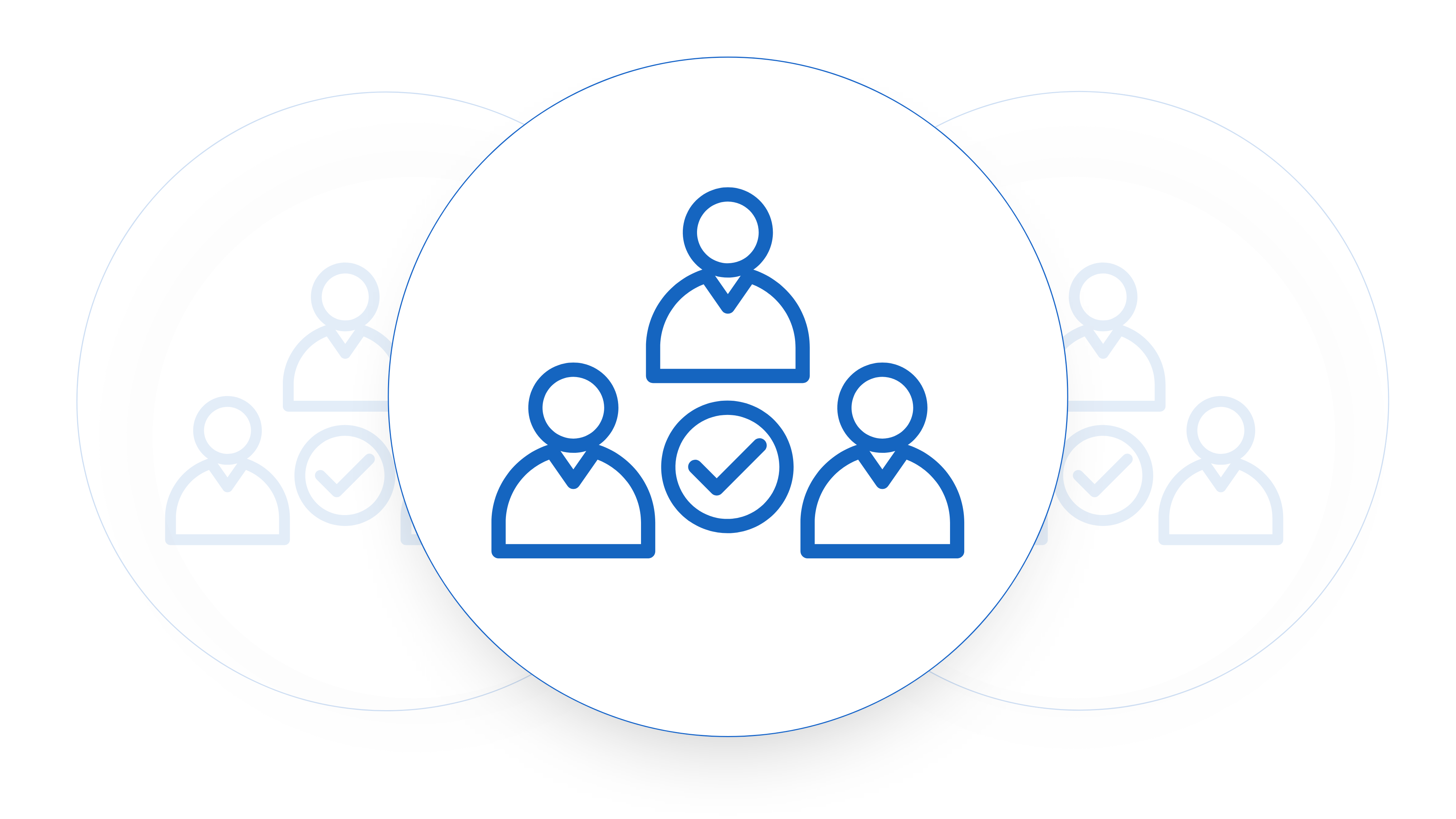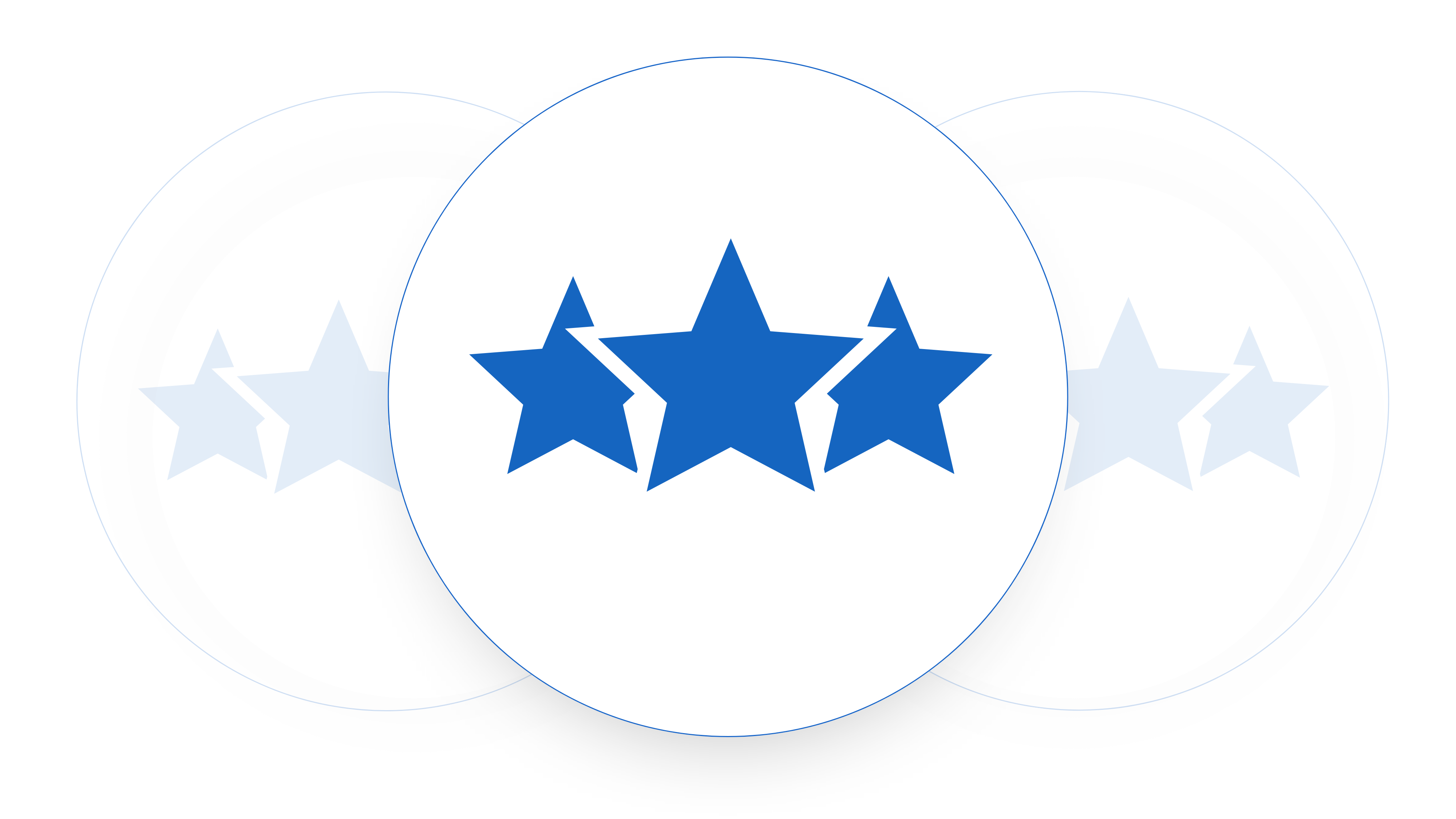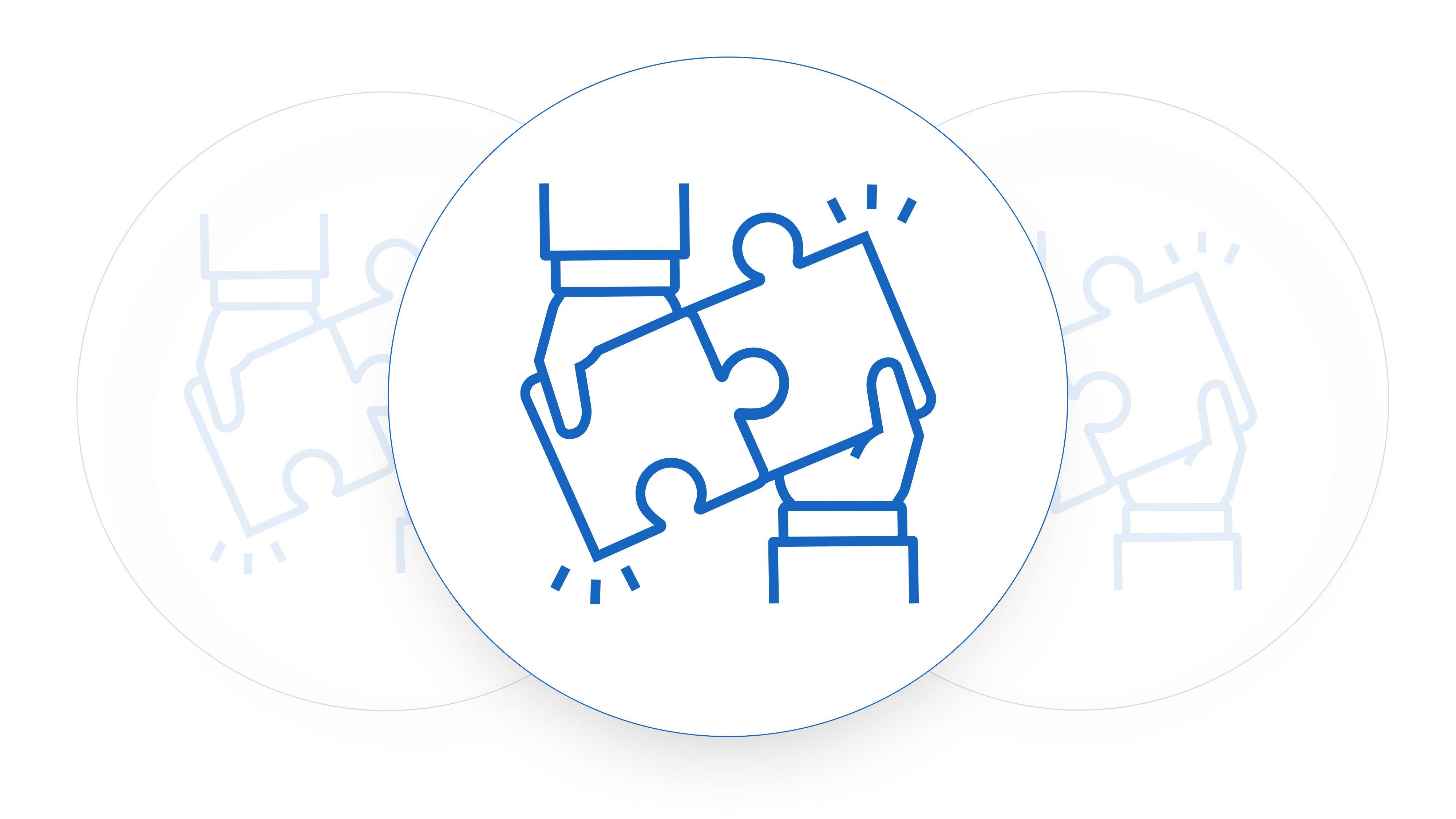Breif Context:
Extracting and reporting on contract data from Software as a Service (SaaS) enterprise contracts can be challenging. Negotiated or customer-based contracts result in significant variation in the final signed contracts. This makes trying to automate an MRR waterfall report extremely difficult. Before we’re able to automate this report we need to understand some of the variations that make it hard to automate an MRR waterfall report.
1. Complexity of SaaS Contracts:
The unique nature of your startup’s services often leads to a high degree of complexity in SaaS contracts. They may include detailed pricing structures, usage-based billing, subscription tiers, and various conditions that affect revenue recognition. Extracting and interpreting this complexity accurately is a challenge.
2. Variability in Contract Language:
SaaS contracts may use variable or non-standardized language to describe terms, conditions, and pricing. This will change as you negotiate it. This variability makes it difficult for automated systems to consistently extract and classify contract clauses. Fine-tuning NLP algorithms for the specific language used in SaaS contracts can be time-consuming.
3. Ever-Changing Terms:
SaaS contracts can be dynamic, with terms and conditions that evolve over time. This is especially true as software companies and their product offerings evolve over time. This makes it challenging to maintain and adapt automated systems to reflect these changes accurately. It requires ongoing monitoring and updating of extraction rules.
4. Data Scattered Throughout the Contract:
Important contract data may be scattered throughout the document in non-standard structures. This makes it challenging to locate and extract relevant information needed to automate an MRR waterfall report. For example, pricing details might be in one section, while termination clauses are in another. Automated systems must be able to identify and aggregate data from various locations in the contract.
5. Numerous Data Points:
SaaS contracts contain numerous data points critical for reporting, such as customer information, pricing, subscription terms, SLAs, and penalties for early termination. Extracting and processing this multitude of data accurately is a resource-intensive task for automation. Even knowing what to extract can be a challange.
6. Customization and Negotiation:
SaaS contracts are often customized to meet the specific needs of the customer, involving contract negotiations that result in unique clauses or pricing structures. Automation must be adaptable to handle these customizations, which can vary significantly from one contract to another.
7. Lack of Standardization in the Industry:
The SaaS industry often lacks standardized contract templates, unlike certain industries. This results in a wide range of contract structures, further complicating the automation of data extraction.
8. Interconnected Data:
SaaS contracts can have complex relationships between contract data points. For example, a change in pricing might impact the calculation of Monthly Recurring Revenue (MRR). Capturing and interpreting these interconnections accurately can be challenging.
9. Compliance and Regulatory Changes:
SaaS contracts need to comply with various regulations and standards. Changes in regulations can significantly impact how contract data is handled and reported, requiring updates in the automation process.
The complexity, variability, and ever-changing nature of SaaS enterprise contracts make it difficult to extract and report on contract data using automation. It requires sophisticated natural language processing, constant monitoring and adaptation, and the ability to handle customized, non-standardized contract terms effectively.
Redline What Matters
Raise Changes For Approval To Turnaround Contracts Faster
Lets Look At How To Automate An MRR Waterfall
Creating a Monthly Recurring Revenue (MRR) waterfall report from legal contract data in the context of Software as a Service (SaaS) contracts involves several key steps. These steps include standardizing contracts, extracting relevant data, storing this data in a structured database, and finally, generating the MRR waterfall report. Here’s a breakdown of the automation process:
1. Standardizing Contracts:
To facilitate data extraction and analysis, it’s essential to standardize your SaaS contracts as much as possible. This starts early in the business processes and will take work from everyone from your product team, sales team and legal team. This involves ensuring that all contracts follow a consistent format, naming conventions, and include specific sections where key financial and operational data is located. You can use document management systems or contract management software like Contract Sent to help enforce these standards and to ensure that all new contracts adhere to the standardized format.
2. Data Extraction:
Use automated tools like Contract Sent’s data extraction to extract relevant data from standardized contracts. Specific data points of interest typically include customer names, subscription details (such as pricing, start date, end date), service level agreements (SLAs), and any clauses that affect revenue recognition (e.g., early termination fees or discounts). The use of machine learning algorithms like those in Contract Sent can improve accuracy over time, as the system learns to recognize patterns and extract data more effectively.
3. Storing Extracted Data:
After extracting data, store it in a structured database designed for efficient organization and reporting. Use a relational or NoSQL database based on data complexity and volume, representing each contract as a record with extracted data points as fields. It’s crucial to maintain data integrity and establish relationships between contracts and customers for comprehensive reporting.
Building the MRR Waterfall Report:
The MRR waterfall report is typically a dynamic representation of your SaaS contracts, illustrating changes in your monthly recurring revenue over time. To automate this process:
a. Data Aggregation:
Use SQL queries or a similar data aggregation tool to retrieve data from the structured database. The extracted data should include subscription start and end dates, customer information, pricing details, and any revenue-impacting clauses.
b. Calculation of MRR:
With the extracted data, calculate the Monthly Recurring Revenue (MRR) at the beginning and end of each month. This can be done by summing up the recurring revenue from active contracts at each point in time.
c. MRR Components:
Break down the MRR into its various components, such as new customer MRR, expansion MRR (from upsells), contraction MRR (due to downgrades), churn MRR (from lost customers), and reactivation MRR (from customers returning).
d. Visualization:
Create visual representations of the MRR waterfall, such as charts or graphs, to provide a clear overview of how different factors impact your revenue. This can help in identifying trends and areas that need attention.
e. Automation:
To make this a truly automated process, schedule regular data extraction and reporting generation. This could be done on a monthly basis to provide up-to-date insights into your MRR performance.
In the context of SaaS contracts, this automated process not only helps in creating MRR waterfall reports but also enables businesses to make informed decisions regarding customer acquisition, retention, and pricing strategies by gaining insights into how different factors affect their monthly recurring revenue.











